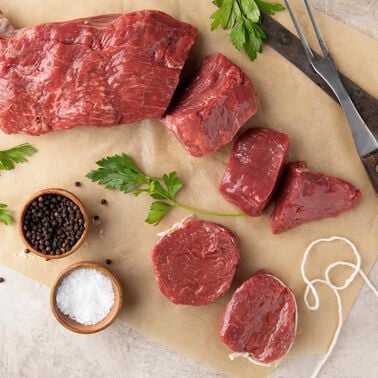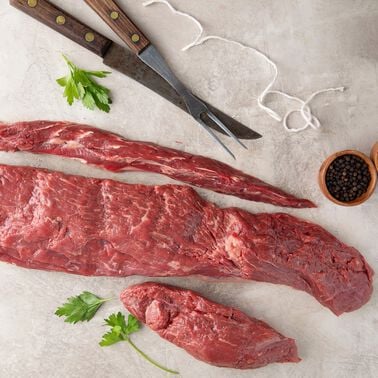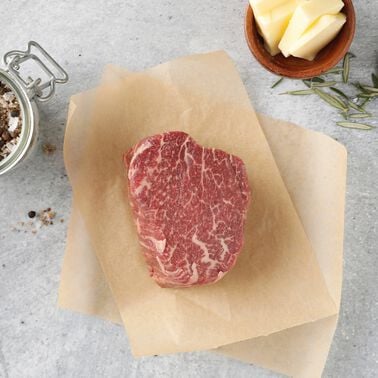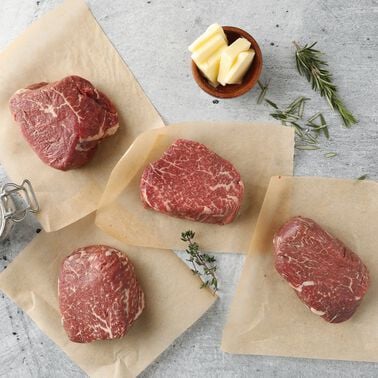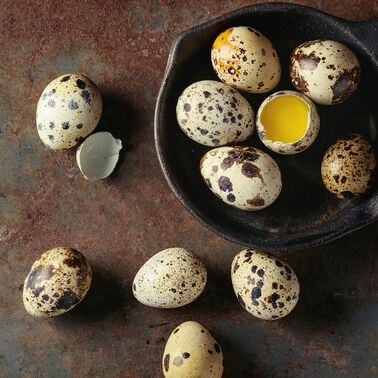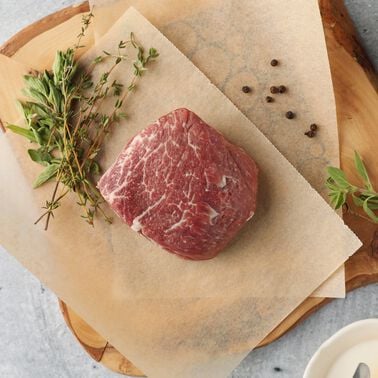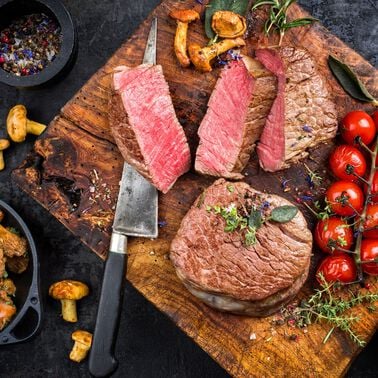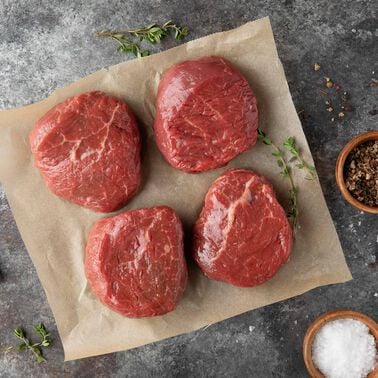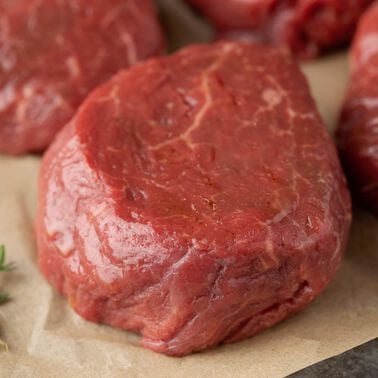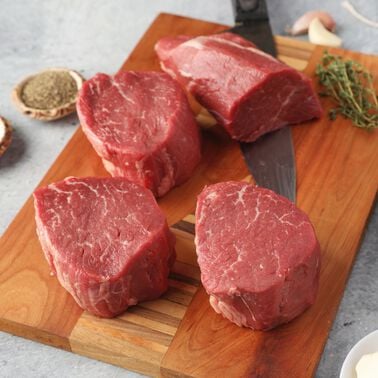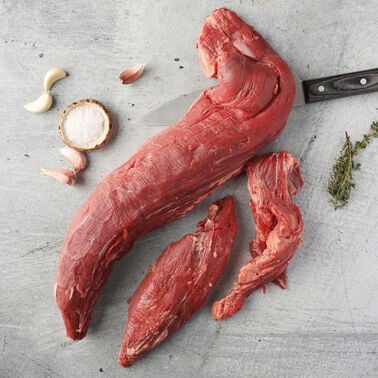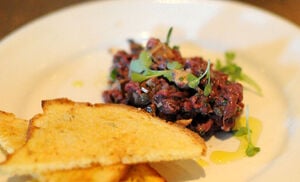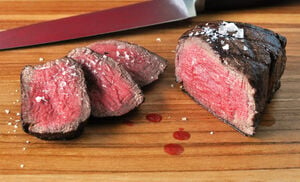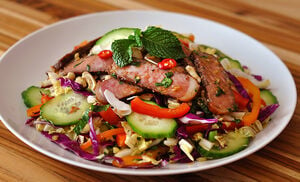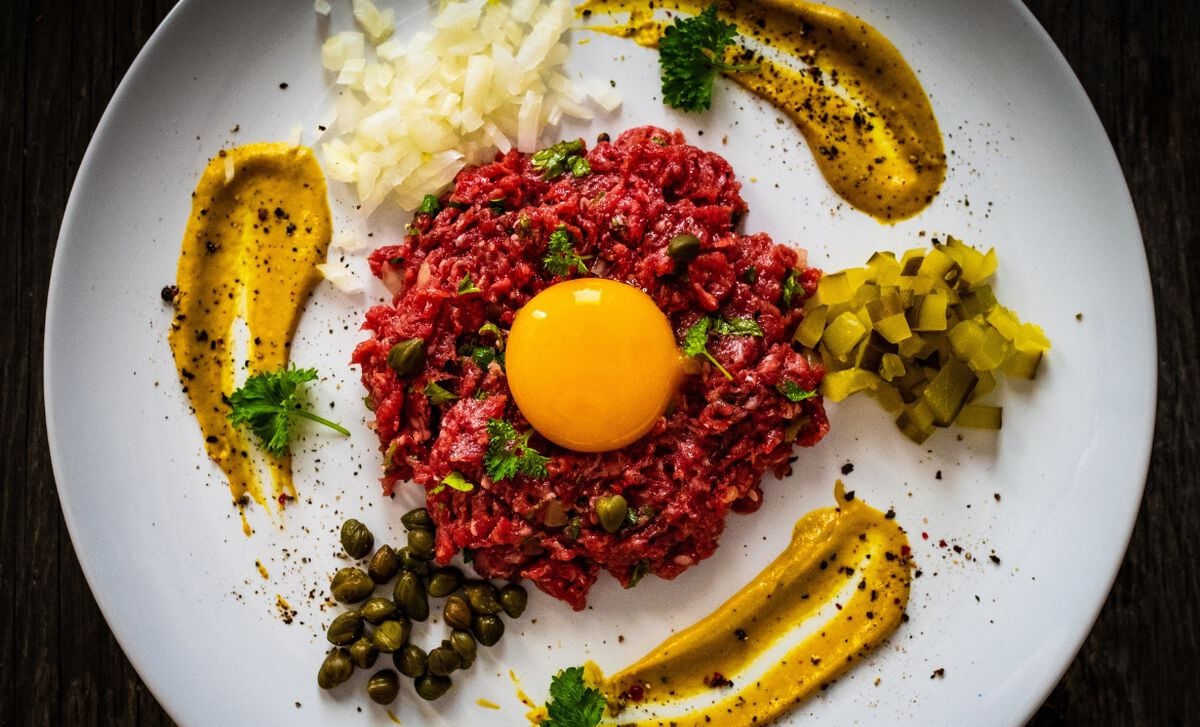
Sit Back and Enjoy
There are two traditional methods of service; one is prepared in the kitchen on the ‘cold side’ by the grade manger and the other tableside by a waiter or captain. When brought to the table already prepared it is often crowned with a beautiful golden egg yolk - nestled on the half shell, so to speak, accompanied by a few ingredients like capers, chopped onions and parsley, and a spicy Dijon mustard allowing you to further mix to your own preference.
Classic tableside service, on the other hand, is truly remarkable to witness. It all takes place on a well-supplied cart and begins with the ceremonious cracking of an egg – the yolk deftly separated and joined by a quick procession of ingredients, all the while worked vigorously with a fork until becoming an aromatic mayonnaise the consistency of fresh cream.
Lastly, freshly chopped steak that has been kept in a bowl on ice is added to the mix. It is worked in quickly and gently, just enough that all ingredients are evenly combined, and the mix is still very loose. It is plated, shaped into a slightly mounded patty, simply garnished, and served. The whole process takes a matter of minutes although the anticipation may make it seem much longer.
In either service, as an entrée, steak tartare is generally served with a basket of warm, freshly baked baguette, assorted condiments, and sometimes French-fried potatoes.
Start with the Best Beef
While always a pleasure at your favorite French restaurant, this dish can be prepared and enjoyed at home anytime. As the name implies, you make this tartare from steak, and the recommended cuts vary according to the recipe, ranging from filet mignon to tenderloin to sirloin.
No matter the cut, this is not a dish relegated to meat found languishing under plastic in a foam tray. Quite the contrary, the ultimate key to a successful steak tartare is to always start with the freshest and best quality pasture-fed beef. Cattle raised without antibiotics or hormones and allowed to graze freely yield the most naturally tender and juicy beef.
Any one of our superior steaks will make for an equally superior tartare. For an over-the-top experience, try one of our prized Wagyu filet mignon steaks. With its unsurpassed taste, buttery texture, and extravagant marbling, it makes for the foie gras of tartare.
Quick Tips
- Fresh is as Fresh Does – Do not stop at getting the best and the freshest grass-fed beef – plan to use it the very same day you get it.
- Mise en Place - Because you want to serve and eat steak tartare immediately following preparation, be certain you have everything besides the beef ahead of time. This will allow you to organize and prepare everything in the most efficient manner.
- The Sharpest Knife in the Drawer - The sharper the knife the easier the task. Hand chopping is the authentic and best preparation. It can seem like a lot of work, but perseverance will yield a far superior texture.
- Just Chill - If you chill the meat for at least an hour or two before cutting and chopping, it will be a much easier job. If you find you are a little slow with the knife work, prepare smaller portions at a time; keeping all but the meat, you are currently chopping in the refrigerator or thoroughly chilled on ice.
- The Real Deal – Use true French Dijon mustard; it is more flavorful and spicier than its domestic counterpart.
- The Incredible Edible Egg – If you are concerned about eating or serving raw eggs there are now pasteurized in-shell eggs available.
